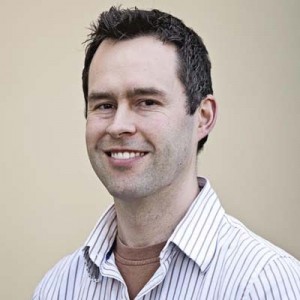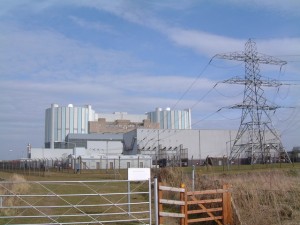A decommissioned nuclear power station on Bristol’s doorstep has taken another step closer to becoming the site of the world’s first full-scale ‘fusion’ plant.
Under the scheme the site at Oldbury-on-Severn, north of Bristol on the banks of the River Severn, would harness the game-changing new form of clean power generation and create thousands of jobs while also helping to tackle climate change, according to its supporters. 
Known as Severn Edge, it also includes the former Berkeley nuclear power plant in Gloucestershire.
It has been shortlisted along with four other sites across the UK by the UK Atomic Energy Authority (UKAEA) under its STEP (Spherical Tokamak for Energy Production) programme.
This aims to pave the way to commercial fusion and a virtually limitless supply of low-carbon energy.
Fusion technology recreates a reaction similar to that which takes place in the sun, fusing atoms together rather than splitting them.
It requires very little fuel to release huge amounts of energy and produces only small amounts of waste with no carbon emissions.
The site of the demonstration plant, due to begin operating by 2040, is expected to be announced at the end of next year.
The aim for the first phase of work on STEP is to produce a ‘concept design’ by 2024. The next phase of work will include detailed engineering design, while all relevant permissions and consents to build the prototype are sought.
The final phase is construction, with operations targeted to begin around 2040. The aim is to have a fully evolved design and approval to build by 2032, enabling construction to begin.
According to UKAEA, STEP will “create thousands of highly-skilled jobs during construction and operations and attract other high-tech industries to its host region, furthering the development of science and technology capabilities locally and nationally”.
It added: “STEP will pave the way to the commercialisation of fusion and the potential development of a fleet of future plants around the world.”
Severn Edge’s bid is being spearheaded by Western Gateway, the partnership of local authorities that stretches from Swindon via Bristol to Swansea.
Its chair Katherine Bennett, pictured, said: “It’s fantastic to see the government honouring the commitments to prioritise the hosting of a STEP fusion site on merit.
“We truly believe that the Western Gateway geography offers an unrivalled breadth of skills, supply chain and technology to deliver this pioneering approach to renewable energy. 
“I am very excited about the next phase of work with UKAEA, as we continue the assessment process and work together towards a hugely significant piece of infrastructure for the region and for the UK.”
The bid has the backing of the West of England Combined Authority, which takes in Bristol City Council, the West of England Local Enterprise Partnership (LEP), and Business West, the region’s largest business group which runs Bristol Chamber of Commerce.
Other backers include South Gloucestershire Council, Gloucestershire County Council, Stroud District Council, GFirst LEP, Nuclear South West, South Gloucestershire and Stroud College and the University of Bristol’s South West Nuclear Hub.
Andy Bates, partnerships manager at Nuclear South West, the industry body supported by Business West, said: “We believe that our Severn Edge nomination is very strong scientifically and technically.
“We have an incredible scientific and engineering base here, with high temperature expertise being a particular strength. We are also one of the leading regions in digital and digital design, which will be crucial to the success of STEP.”
The Severn Edge team believes that the site’s proximity to the Culham Centre for Fusion Technology in Oxfordshire will be an added advantage in the final selection process.
“Culham is just 60 miles away and is the beating heart of fusion technology in the UK and we see Severn Edge as the lungs in that fusion body,” added Andy.
Prof Tom Scott, one of the Severn Edge nomination team and co-director of the South West Nuclear Hub at the University of Bristol, pictured, said: “The region has a vibrant supply chain and workforce for building nuclear reactors as well as all the necessary expertise in high temperature materials.
“So, we have the site and the skilled people to deliver this fantastic world-leading project that will ‘level up’ for the South West in terms of jobs and prosperity.”
Oldbury nuclear power station, pictured, opened in 1967 with two Magnox reactors producing 424 megawatts – enough to power two cities the size of Bristol. By the time it was decommissioned in 2012 it was the world’s oldest operating nuclear power plant.
Nuclear generation at the smaller Berkeley power station, which is further north on the banks of the Severn, started in 1962 and lasted until 1989, when the second of its two Magnox reactors was closed.
The other four shortlisted sites are Ardeer (North Ayrshire), Goole (East Riding of Yorkshire), Moorside (Cumbria) and Ratcliffe-on-Soar (Nottinghamshire).





























